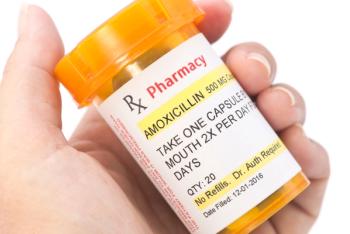
Non-Animal-Derived Reagents for Endotoxin Testing
In this episode of the Ask the Expert video series, Susan J. Schniepp, distinguished fellow at Regulatory Compliance Associates, and Siegfried Schmitt, vice president, Technical at Parexel, discuss the new chapter, Chapter <86> Bacterial Endotoxins Test Using Recombinant Reagents
In this episode of the Ask the Expert video series, Susan J. Schniepp, distinguished fellow at Regulatory Compliance Associates, and Siegfried Schmitt, vice president, Technical at Parexel, discuss the new chapter, Chapter <86> Bacterial Endotoxins Test Using Recombinant Reagents, published by the United States Pharmacopeia–National Formulary November 2024. The chapter permits the use of non-animal-derived reagents for endotoxin testing and is part of USP’s commitment to expanding the use of animal-free methods and materials (1).
“Twenty years ago, the predominant test procedure for determining endotoxin level, or pyrogen level, as we called it, was the rabbit test. And we used to actually inject rabbits, which was a very subjective because you'd measure their temperature,” says Schniepp. And then we evolved to using the limulus amoebocyte lysate or LAL test, and there was the chromogenic [test] but they were all predicated off the horseshoe crab. So now we're moving forward to reagents for this test, which is critical to the release of sterile injectables that does not involve animals. So absolutely, we should consider this.”
“I think it is also worthwhile mentioning that what is happening in the US is mirrored in other jurisdictions, for example, when you look at the European Medicines Agency [EMA], they support the use of animal free cell culture reagents as part of its efforts to reduce animal use in medicine testing,” adds Schmitt. “We don't want to use rabbits. We don't want to use horseshoe crabs, and it's EMA’s innovation task force that encourages that use of alternative methods to animal models, and that, what they say is, will improve the scientific quality and also, of course, animal welfare.”
Click the video above to watch Sue and Siegfried answer the following question:
"USP just published a new chapter on the use of non-animal derived reagents. We are not currently using non-animal derived reagents. Is this something we should consider changing?"
Reference
1. USP.
Important terms and acronyms
USP—United States Pharmacopeia
Ask the Expert Video Series
Welcome to the Ask the Expert video series. This series is an extension of the PharmTech Group’s long-running print column in which industry experts answer common quality and regulatory questions from the industry. This new video series will expand on topic areas to include development and manufacturing concerns to help those working in the industry better understand bio/pharmaceutical requirements. Have a question you would like answered? Send it to PTProjects@mmhgroup.com, and it may appear in a future episode or print column.
We hope you enjoy the discussion!
Newsletter
Get the essential updates shaping the future of pharma manufacturing and compliance—subscribe today to Pharmaceutical Technology and never miss a breakthrough.





